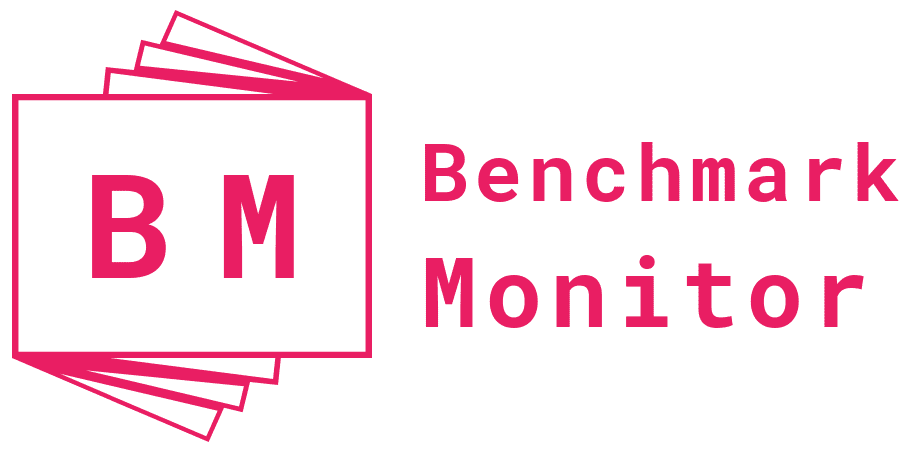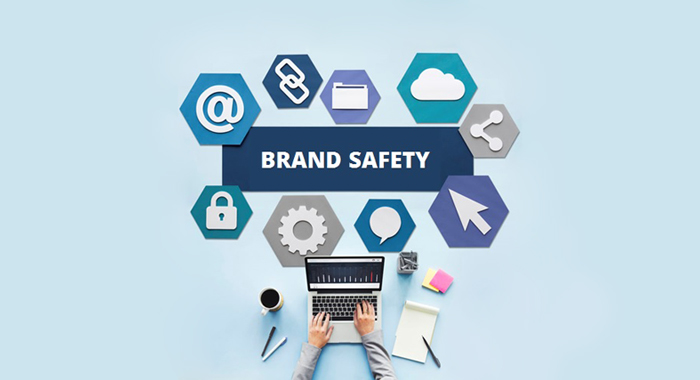There are different types of content available online, some of which are not suitable for your brand to be associated with in any way. Brand safety is defined as the strategy and plans put into place to make sure that online advertisements do not appear on or in websites, articles, or videos that may leave a negative impact on the brand’s image or conflict with its goals or mission. Brand reputation is paramount, and its protection has to be tailored to each brand’s specific preferences. Having better choices where to run your ads is a major goal of any brand safety agency. Today we are going to talk about what brand safety is and what exactly it means for your brand. If this sounds interesting to you, please read ahead in our article titled Everything You Need to Know About Brand Safety.
Brand safety is a set of measures taken to keep the brand’s reputation safe in online advertisement. In practice, this means avoiding placing ads next to the content that is inappropriate or volatile. One of the goals of brand safety is to make sure you are not advertising next to porn, adult content, gambling, alcohol, hate speech, illegal downloads & drugs, violence, or offensive language. It means your ads won’t serve on pages identified as unsafe based on your brand’s risk thresholds. Customers are much more likely to associate your brand negatively if it is placed next to any toxic content, no matter the association. Having brand safety in mind early on is of vital importance to the longevity of your brand.
Advertisers do not want to invest millions of dollars on the online ad campaigns in which their ads show up next to the inappropriate and offensive information. Neither they want to spend millions of dollars on the ad campaigns where their ads show up next to the contextually negative information that leaves an adverse impact not only on the sales but the reputation of the brand too.
Being able to identify troubling content that can lead to brand safety problems has been at the forefront of many brand safety officers minds for several years now. Protecting your brand’s reputation has to be a top priority, no matter how big or small you are. Since there is an increase is seen in the analytical capabilities, Ad network providers now feel more pressure to prioritize brand safety for the advertisers they deal with, and this begins with identifying what is toxic for your particular brand.
It is highly important for the brands to define their lines and what they consider safe. They have to do so even before starting to police their advertisement.
Some companies may be fine with placing their ads on gun-related websites, but not all companies are ok with such volatile topics. In fact, brands must ask themselves what topics are better for their image and what topics they do not want to be associated with. Properly armed with the knowledge of what is acceptable with your brand, brand managers would be able to decide where to draw the lines and how to have a partner help in creating the custom whitelists of approved apps or websites — as well as blacklists of the sites they need to block.
No matter who you are, it is important that you take measures to keep your brand safe. Adding a brand safety check to your campaign means you make sure that you protect your brand online. What could be fine for your brand may be taboo for another? For example, a gaming company would have a very different contextual tolerance as compared to a kid’s app producer. So it is very important to define what is and what isn’t something you want your brand associated with. While brand safety may be a relatively new term that many people are not very familiar with, it is not something to take lightly. Your brand can make a huge hit just by being placed next to content that is considered toxic to the people who are following your brand. Having a brand safety plan in place can save you time and money and keep you safe from unwanted toxic associations. It really is one of the most important emerging terms that everyone should become very familiar with moving forward.

